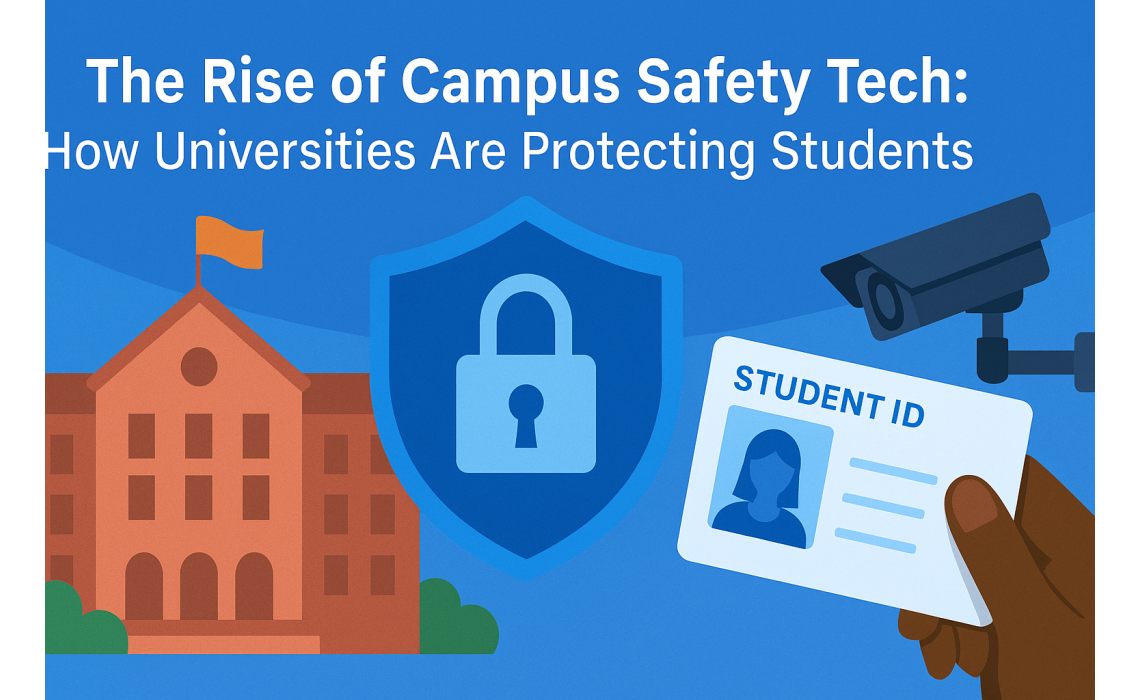✓ The Rise of Campus Safety Tech: How Universities Are Protecting Students
The Rise of Campus Safety Tech: How Universities Are Protecting Students
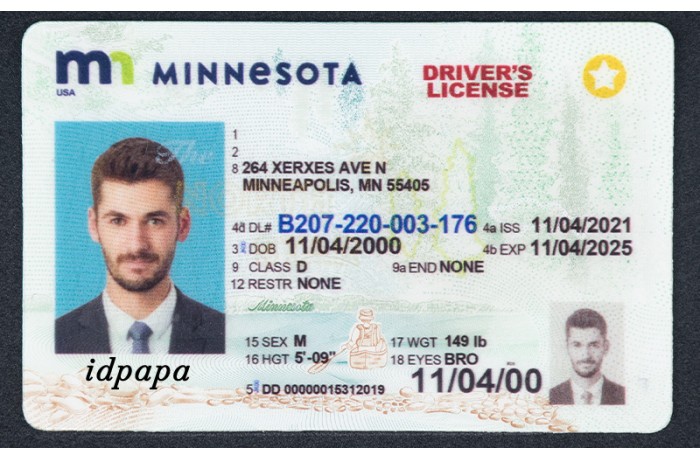
University life is a mix of academic hustle, personal growth, and social discovery. But with increased student populations and expanding campuses, safety has become a top priority for institutions worldwide. In response, many universities are embracing cutting-edge safety technology to protect students while still supporting their freedom and well-being.
From smart ID scanners to AI-powered surveillance systems and emergency apps, modern campus safety is more tech-driven than ever. But as security measures improve, so do the challenges, especially when it comes to issues like fake IDs.
Let’s dive into how technology is transforming campus safety—and how some students try to navigate the system using shortcuts that aren't as harmless as they seem.
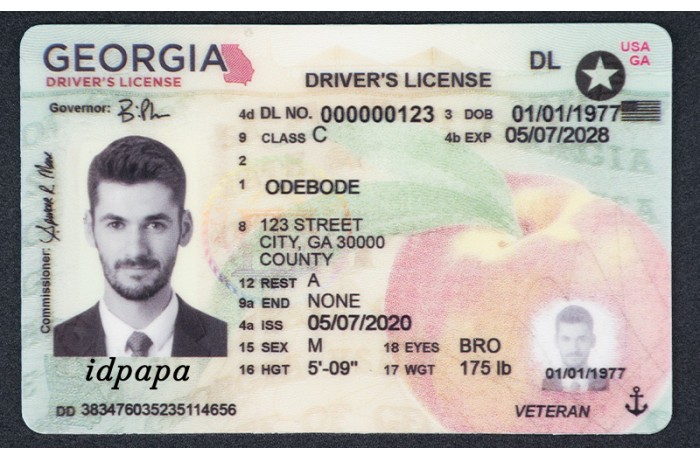
Smart Technology: The New Era of Campus Protection
Gone are the days when safety relied solely on physical security guards and key-locked doors. Today’s campuses are evolving into tech-secured environments. Here’s how:
1. Smart ID Verification
Many campuses now issue high-tech student IDs embedded with barcodes, magnetic strips, or RFID chips. These are used to:
●Access dorms, libraries, and labs
●Attend exams
●Enter parties or age-restricted events
●Verify identity at check-in counters
Fake IDs? These tech-savvy systems are making it harder to use them undetected. Barcode scanners and database syncing can flag inconsistencies in seconds.
2. Campus Security Apps
Universities have launched mobile apps that allow students to:
●Report suspicious activity
●Trigger emergency alerts
●Use GPS to locate safe routes
●Send real-time messages to campus police
These tools create a direct, always-on connection between students and security teams, ensuring help is just a tap away.
3. AI Surveillance and Facial Recognition
Some campuses have integrated facial recognition systems in sensitive areas like:
●Residence halls
●Computer labs
●Research centers
AI-enabled cameras can detect loitering, identify known threats, and monitor crowded events. While privacy concerns exist, the goal is to prevent incidents before they escalate.
The Illusion of the “Easy Life” with Fake IDs
Let’s be honest: for some students, the temptation to use a fake ID is real. The appeal? Skip the age barrier, avoid questions, and get access to clubs, bars, or events restricted to over-18 or over-21 audiences.
Why Students Use Fake IDs
●Social Pressure: Friends are going out, and you don’t want to be left behind.
●Access to Nightlife: Clubs and parties often require age verification.
●Freedom & Convenience: A fake ID makes it easier to buy alcohol, enter bars, or rent vehicles.
At first glance, it seems to make life easier. You blend in, have fun, and avoid awkward rejections at the door. But that “easy life” comes with hidden costs, especially as campuses adopt smarter tech.
How Campus Tech is Catching Fake IDs
Universities and local venues are now using:
●ID Scanning Devices that check holograms, barcodes, and embedded chips
●Real-Time Databases that verify student info or license data
●Face Matching Software that compares your ID photo with your actual face
This makes it easier for bouncers, campus security, and staff to detect fakes within seconds. And once caught, the consequences can be serious.
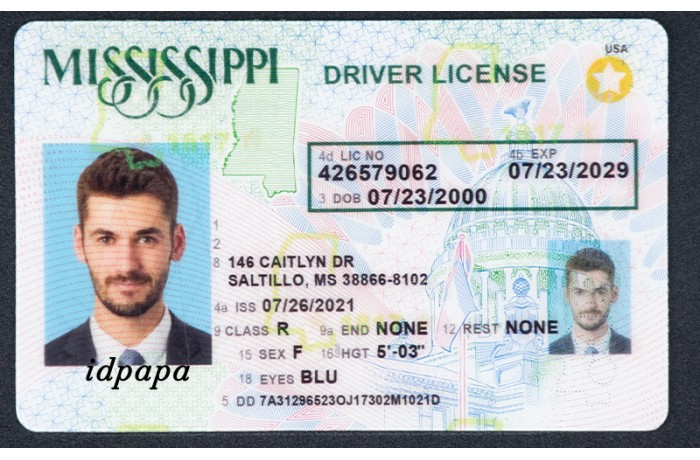
The Hidden Costs of a Fake ID
While a fake ID may grant momentary access, students often underestimate the long-term consequences:
●Disciplinary Action: Universities can suspend or expel students
●Tech Flagging: Once your data is flagged in a system, future verification could become a hassle, even if you later switch to legitimate credentials.
In a digital age where security systems are getting smarter, the risk of being caught is no longer theoretical—it’s very real.
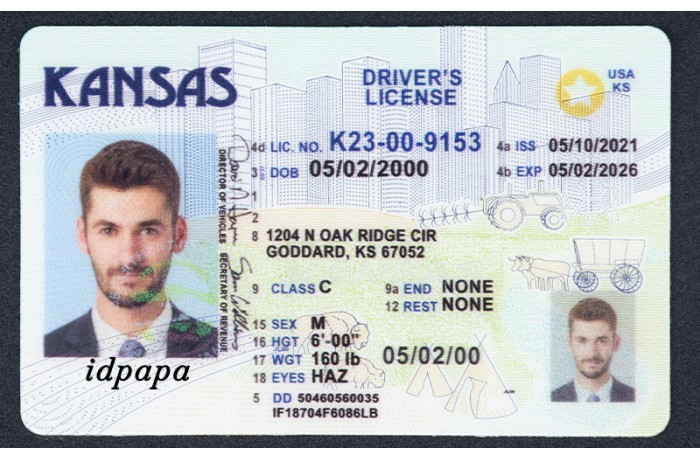
Balancing Freedom and Safety
It’s important to understand that universities aren’t trying to restrict fun—they’re trying to create a safer, more inclusive space for everyone. That includes:
●Respecting legal age restrictions
●Protecting underage students from unsafe environments
●Preventing fraud and misuse of campus facilities
The goal is to empower students with freedom, not fear.
What Students Can Do Instead
If you're underage or unable to access certain venues, here are some safer, smarter options:
●Join age-inclusive campus events like movie nights, game tournaments, or music shows
●Plan your own sober party in dorms or common areas
●Get creative—host themed potlucks, open-mic nights, or group hikes
You need a fake ID to enjoy university life. You just need the right mindset and good company.
Looking Ahead: A Safer, Smarter Campus
As universities continue to invest in safety technologies, students should expect:
●More biometric scanning and digital ID systems
●Greater integration between campus security and local law enforcement
●Stronger consequences for policy violations, including ID fraud
That’s why it’s more important than ever to make informed, ethical choices. Today’s tech-savvy campuses are equipped to protect students—but they’re also equipped to identify risky behavior.
So, whether you’re heading to a party or entering a study hall, know that your safety is a priority, and responsibility lies with you, too.
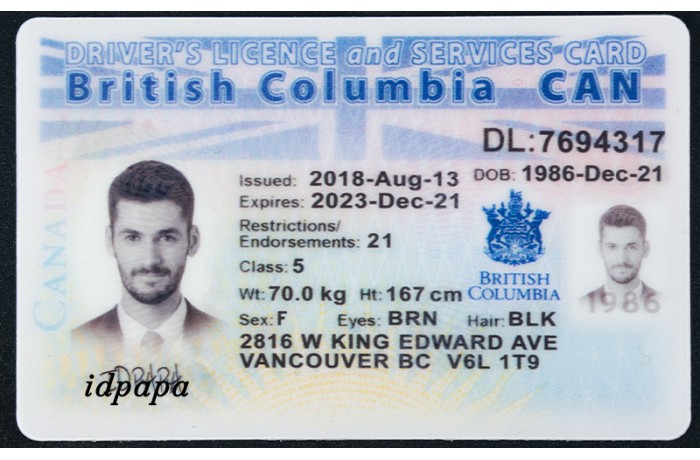
Final Thoughts
The rise of campus safety tech is a positive development. It protects students, encourages smarter choices, and makes universities a safer space for growth and learning. While fake IDs may seem to offer an “easier” lifestyle, they’re becoming harder to use and easier to detect.
In a world where technology is always watching, the best decision is still the honest one.

